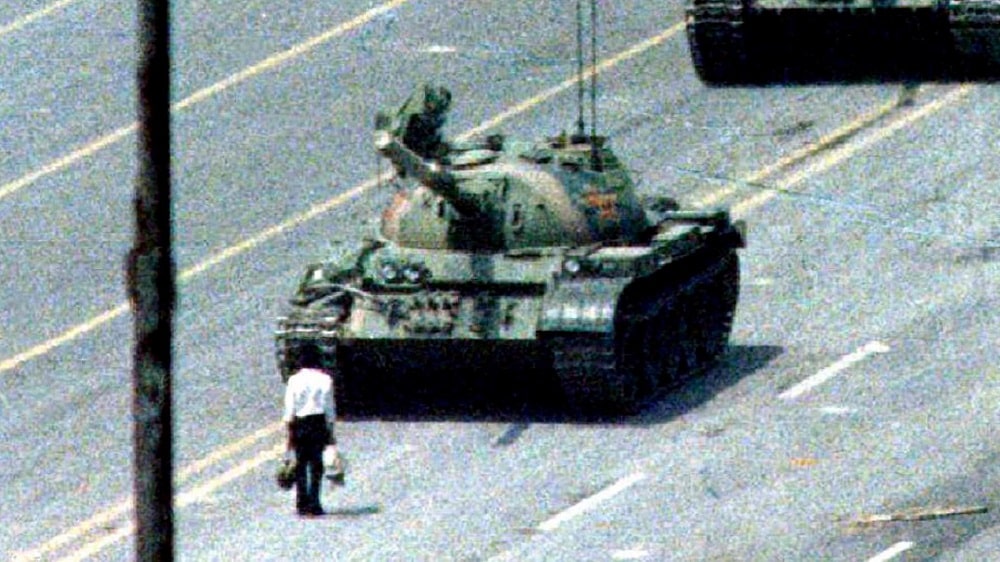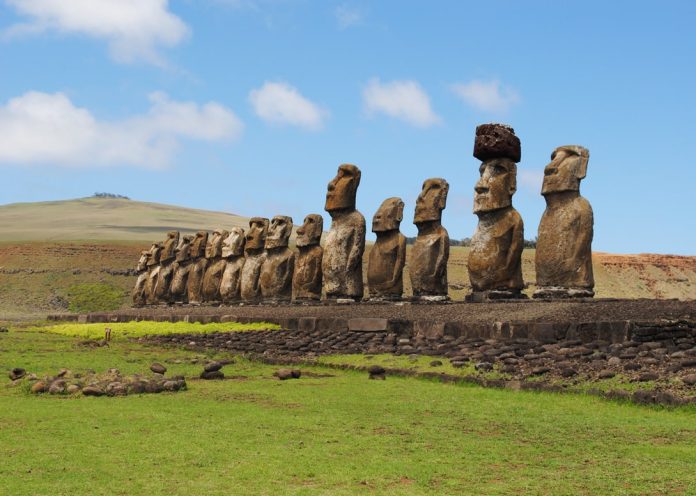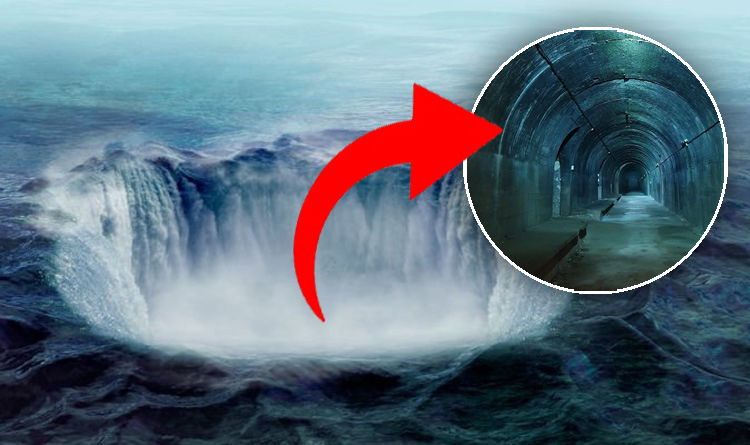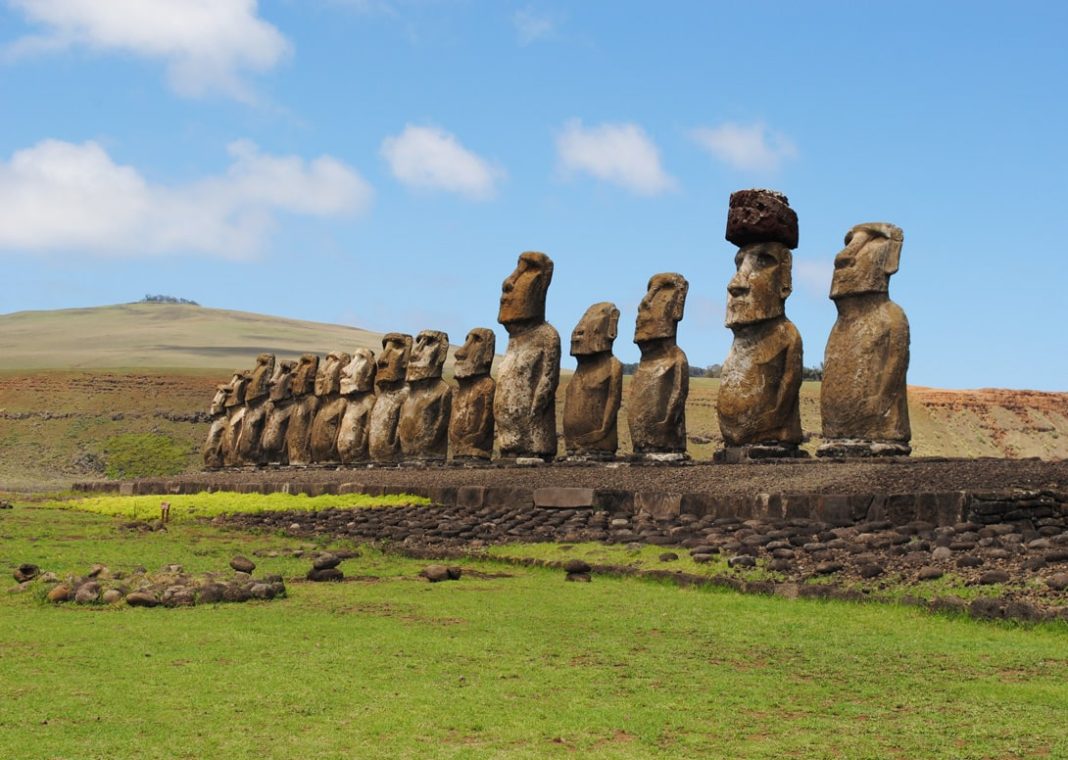The iconic image of a lone man facing down a column of tanks in Tiananmen Square in 1989 is forever etched in our minds. A symbol of defiance in the face of overwhelming force, “Tank Man” became a global phenomenon. But one question continues to linger: what happened to him?
For decades, the fate of Tank Man has been shrouded in mystery. The Chinese government has remained tight-lipped, offering no official information. Multiple theories have emerged, with some claiming he was executed shortly after the protest, while others suggest he somehow escaped or even remains alive in hiding.
Despite the lack of concrete evidence, the image of Tank Man continues to resonate. His act of bravery serves as a powerful reminder of the Tiananmen Square protests and the ongoing struggle for freedom of expression. Join us as we delve deeper into the mystery surrounding Tank Man, exploring the various accounts and the enduring legacy of his defiance.
Tiananmen Square 1989: A Nation in Turmoil
The image of a lone figure standing defiantly in front of a column of tanks in Tiananmen Square, Beijing, China, is etched into the collective memory of the world. This iconic photograph, known as “Tank Man,” continues to spark questions, particularly, “Is Tank Man still alive?” But to understand the story of Tank Man, we must first delve into the events that led to that fateful day in 1989.
Seeds of Discontent
The late 1980s in China were a period of simmering discontent. Economic reforms spearheaded by leader Deng Xiaoping had brought prosperity, but also growing inequality and corruption. Students, emboldened by democratic movements sweeping across Eastern Europe, began calling for political reforms and greater freedoms.
The Tiananmen Square Protests Erupt
In April 1989, the death of Hu Yaobang, a reformist leader sympathetic to student demands, ignited a wave of protests. Students from across China converged on Tiananmen Square, Beijing’s symbolic heart, demanding dialogue with the government. Initially, the demonstrations were peaceful, with students calling for an end to corruption, press freedom, and greater political participation.
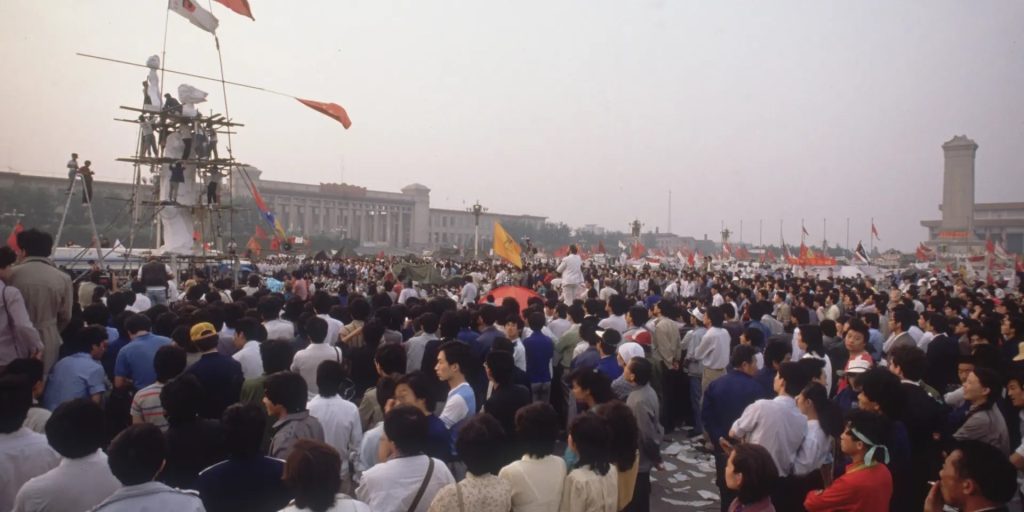
A Growing Standoff
The Chinese government, led by the hardline faction within the Communist Party, grew increasingly apprehensive. As the protests swelled in size and attracted broader support from workers and intellectuals, the government vacillated between conciliation and threats. Efforts to disperse the crowds with tear gas and water cannons proved ineffective.
The Crackdown Begins
On the night of June 3rd, 1989, the government made its fateful decision. Troops equipped with tanks and automatic weapons were ordered to clear the square. The ensuing night became known as the Tiananmen Square Massacre.
Uncertainties and a Lingering Question
The exact number of casualties remains a matter of intense debate, with estimates ranging from hundreds to thousands. The Chinese government imposed a strict information blackout, cracking down on media coverage and suppressing any mention of the events. This censorship continues to this day, with the Tiananmen Square Massacre a taboo topic in China.
The Search for Answers
The story of Tiananmen Square goes far beyond the iconic image of Tank Man. It is a story of a nation yearning for change, a brutal government crackdown, and the ongoing fight for historical truth. Understanding the events of 1989 is crucial to understanding the question of “Is Tank Man still alive?” The answer, unfortunately, remains shrouded in mystery.
As we delve into the enigmatic past of global events, another disappearance that continues to perplex and fascinate is that of American labor union leader Jimmy Hoffa. Hoffa’s vanishing act in 1975 spawned numerous theories and investigations, but the truth remains elusive. For those intrigued by the depths of historical mysteries, the details of this case are meticulously explored in our feature: The Disappearance of Jimmy Hoffa: Top Dark Secrets Unveiled!
The Tank Man Photo: A Symbol of Defiance Captured
Amidst the chaos and bloodshed of the Tiananmen Square Massacre, a single image emerged that transcended the immediate tragedy and became a powerful symbol of defiance in the face of overwhelming odds. This iconic photograph, known simply as “Tank Man,” depicts a lone, unidentified man standing his ground in front of a column of tanks rolling through Tiananmen Square on June 4th, 1989. The image, captured by photographer Jeff Widener, has become synonymous with the Tiananmen Square protests and continues to spark questions like “Is Tank Man still alive?” even decades later.
A Moment Frozen in Time
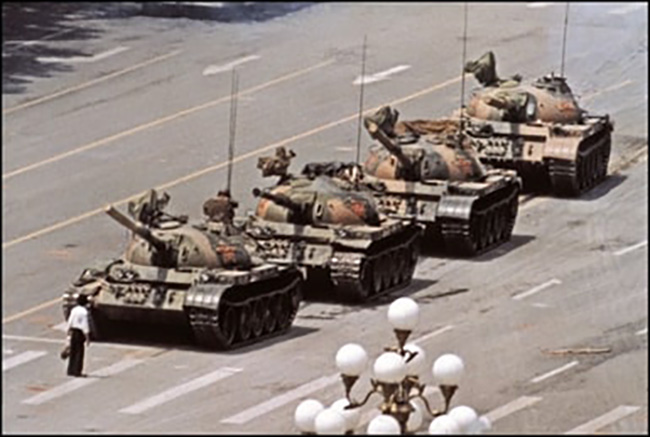
The photograph itself is a masterpiece of photojournalism. Widener, stationed at his hotel overlooking the square, snapped a series of photos as the tanks advanced towards the remaining protesters. The most famous image shows the lone figure facing the lead tank, carrying two shopping bags. He stands defiant, arms outstretched in a gesture that could be interpreted as both protest and a desperate attempt to stop the tank. The image is devoid of violence, yet the tension is palpable. The juxtaposition of the single protester against the imposing force of the tanks is a powerful visual metaphor for the struggle between the individual and the state.
A Global Symbol of Resistance
The image of Tank Man quickly spread around the world, becoming a rallying cry for democracy and human rights activists. While the Chinese government imposed a strict information blackout and continues to censor any mention of the Tiananmen Square Massacre, “Tank Man” became an icon that transcended national borders. His act of defiance resonated with people worldwide, representing the courage to stand up for what you believe in, even against seemingly insurmountable odds. The enduring question of “Is Tank Man still alive?” adds a layer of mystery and intrigue to the image, further amplifying its power.
A Legacy of Defiance
The image of Tank Man serves as a permanent reminder of the Tiananmen Square protests and the government’s brutal crackdown. It is a stark contrast to the carefully curated image China presents to the world and a symbol of the human spirit’s ability to resist oppression. Despite attempts to erase the Tiananmen Square events from history, “Tank Man” remains a powerful symbol of defiance, a testament to the human yearning for freedom, and a constant reminder of the question: “Is Tank Man still alive?”
A Disappearing Act: What Happened to Tank Man?
The iconic image of Tank Man in Tiananmen Square may have captured a fleeting moment of defiance, but the man himself remains a desaparecido, a person who vanished without a trace. His fate, like the answer to the haunting question “Is Tank Man still alive?”, is shrouded in mystery.
A Gaping Hole in History
The seconds following the now-famous photograph remain a blur. We see the lead tank swerve around Tank Man, but what happened next? Did he step aside? Was he apprehended? The lack of information surrounding his fate fuels speculation and conspiracy theories.
Theories and Rumors
One theory suggests that Tank Man was pulled aside by fellow protesters and spirited away into the crowd. Another claims he was detained by authorities and possibly executed. Witnesses on the scene reported seeing him hauled away, but these accounts remain unverified. The Chinese government has offered little to no information, further fueling the mystery. Their official statements acknowledge the photograph but offer no details about the man’s identity or fate. This censorship only deepens the intrigue surrounding “Is Tank Man still alive?”
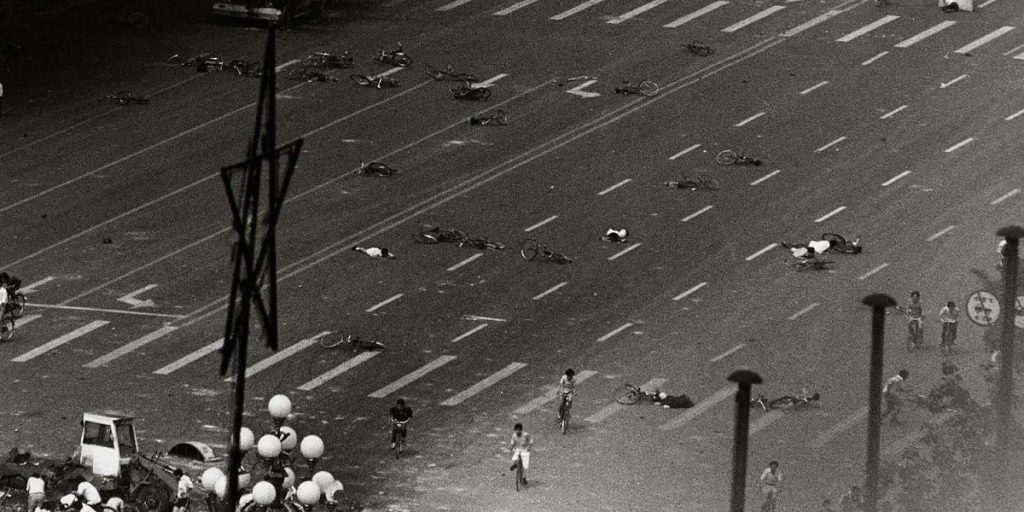
A Beacon of Hope, a Symbol of Loss
The lack of definitive answers about Tank Man’s fate allows his image to hold a multitude of meanings. For some, he is a symbol of unwavering courage, a lone figure defying a seemingly unstoppable force. Others see him as a tragic casualty, a victim of the brutal crackdown. The ambiguity surrounding “Is Tank Man still alive?” keeps the question at the forefront of our minds, reminding us of the human cost of the Tiananmen Square protests.
A Search for Answers
Despite the passage of time, efforts to uncover Tank Man’s identity and fate continue. Researchers have scoured historical records, interviewed eyewitnesses, and analyzed the limited video footage available. However, the Chinese government’s continued censorship and the chaotic nature of the events make finding definitive answers extremely difficult.
The Importance of Remembering
The mystery of Tank Man may never be fully solved, but his image serves as a powerful reminder of the Tiananmen Square protests and the ongoing struggle for freedom and democracy in China. While the question “Is Tank Man still alive?” may remain unanswered, his act of defiance continues to inspire people worldwide.
Beyond Tank Man: Other Protesters and the Tiananmen Square Massacre
The iconic image of Tank Man standing defiant in Tiananmen Square has become synonymous with the 1989 pro-democracy protests in China. However, it’s crucial to remember that Tank Man’s act of courage was just one small part of a much larger movement. While we grapple with the question “Is Tank Man still alive?”, the stories of countless other protesters who participated in the Tiananmen Square demonstrations deserve recognition.
A Nationwide Movement
The Tiananmen Square protests were not just a localized event in Beijing. Students and workers across China mobilized, demanding political reforms, an end to corruption, and greater freedoms. The epicenter of the movement was Tiananmen Square, where thousands gathered peacefully for weeks, calling for dialogue with the government.
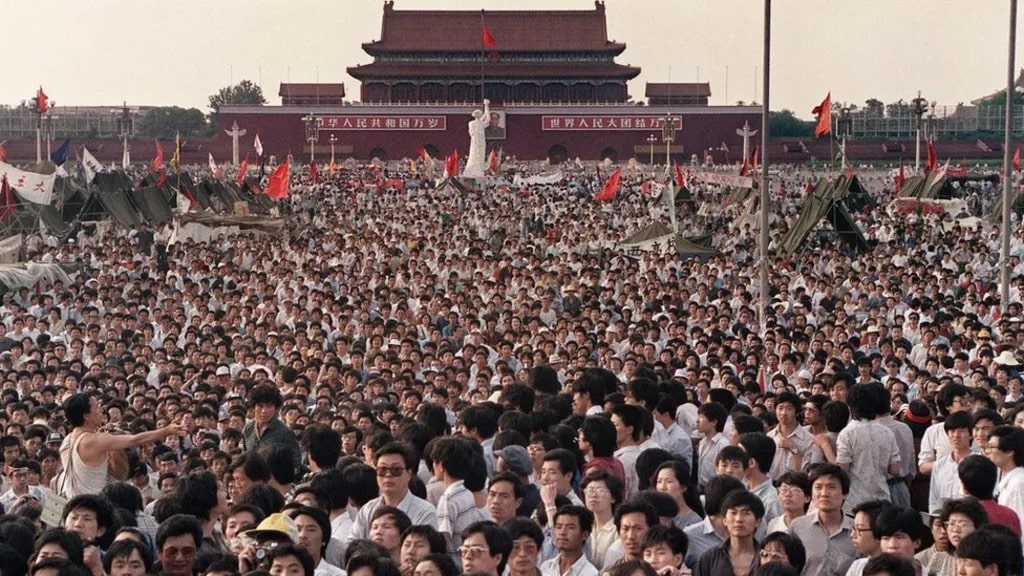
A Brutal Crackdown
Despite initial attempts at dialogue, the Chinese government grew increasingly apprehensive as the protests gained momentum. On June 4th, 1989, they made the chilling decision to quell the demonstrations with military force. Troops equipped with tanks and automatic weapons stormed Tiananmen Square, opening fire on unarmed civilians. The ensuing night became known as the Tiananmen Square Massacre.
Uncertainties and a Staggering Cost
The exact number of casualties from the Tiananmen Square Massacre remains a matter of intense debate. Estimates range from hundreds to thousands of dead, with countless others injured or arrested. The Chinese government imposed a strict media blackout and continues to suppress any mention of the events. Discussions about Tiananmen Square and the question “Is Tank Man still alive?” remain taboo topics in China.
A Legacy of Sacrifice
While the Tiananmen Square protests were ultimately crushed, the bravery of the demonstrators continues to inspire people worldwide. The stories of the countless protesters who stood up for their beliefs, even in the face of overwhelming odds, must not be forgotten. Their sacrifice serves as a stark reminder of the ongoing fight for democracy and human rights in China.
The Importance of Remembering
The Tiananmen Square protests were a pivotal moment in Chinese history. Understanding the broader context of the events, not just the image of Tank Man, is crucial. It reminds us of the human cost of the uprising and the importance of remembering those who fought for a better future, even if the question “Is Tank Man still alive?” remains unanswered.
Censorship and Legacy: The Enduring Symbol of Tiananmen Square
The image of Tank Man standing his ground against a column of tanks in Tiananmen Square is a potent symbol of defiance. However, the Chinese government has gone to great lengths to erase the Tiananmen Square protests from public memory. This raises the question: how can an image be so powerful when the events surrounding it, and even the fate of “Is Tank Man still alive?”, are actively suppressed?
A Curtain of Silence
In the immediate aftermath of the Tiananmen Square Massacre, the Chinese government imposed a strict information blackout. News outlets were censored, footage of the protests was confiscated, and any mention of the events became taboo. Textbooks omit Tiananmen Square, and discussions about it are actively discouraged.
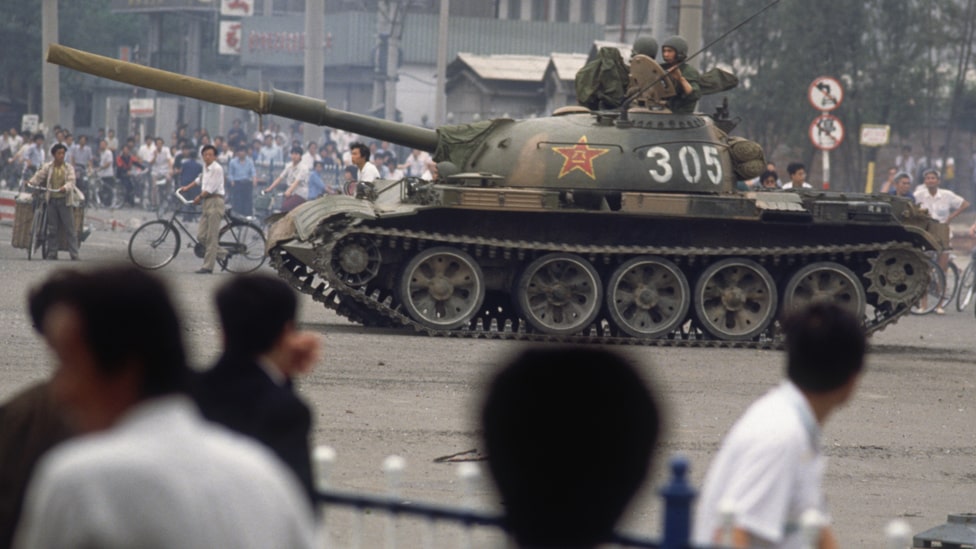
The Power of a Single Image
Despite the government’s efforts, the image of Tank Man transcended the censors’ grip. Smuggled out of China, the photograph was published worldwide, becoming a global symbol of resistance against oppression. The image resonated with people across the globe, inspiring awe at the man’s courage and sparking outrage at the brutality of the crackdown. The question “Is Tank Man still alive?” became a poignant reminder of the human cost of the protests.
A Symbol That Cannot Be Erased
The Chinese government’s attempts to erase Tiananmen Square only serve to amplify the image’s power. The act of censorship itself draws attention to the events it seeks to suppress. People around the world are drawn to the image of Tank Man precisely because it represents something the Chinese government wants to forget. The enduring question “Is Tank Man still alive?” becomes a symbol of the fight for historical truth and the human spirit’s resistance to oppression.
A Legacy of Resistance
The Tiananmen Square protests may have been brutally crushed, but the image of Tank Man remains a powerful symbol of defiance. It serves as a permanent reminder of the yearning for democracy and the human cost of fighting for freedom. While the question “Is Tank Man still alive?” may never be definitively answered, his image continues to inspire people worldwide and serves as a crucial piece of history the Chinese government cannot erase.
A Continuing Mystery: The Search for Answers in Tiananmen’s Shadow
The image of Tank Man facing down a column of tanks in Tiananmen Square may have captured a fleeting moment, but its impact continues to resonate decades later. The question of “Is Tank Man still alive?” remains a haunting mystery, fueling the ongoing search for answers about the Tiananmen Square protests and the fate of those who participated.
Unearthing the Truth
Despite the Chinese government’s censorship efforts, researchers and journalists continue to piece together the events of Tiananmen Square. They scour historical records, interview eyewitnesses, and analyze the limited video footage available. These efforts aim not only to answer questions about “Is Tank Man still alive?” but also to shed light on the broader narrative of the protests and the human cost of the crackdown.
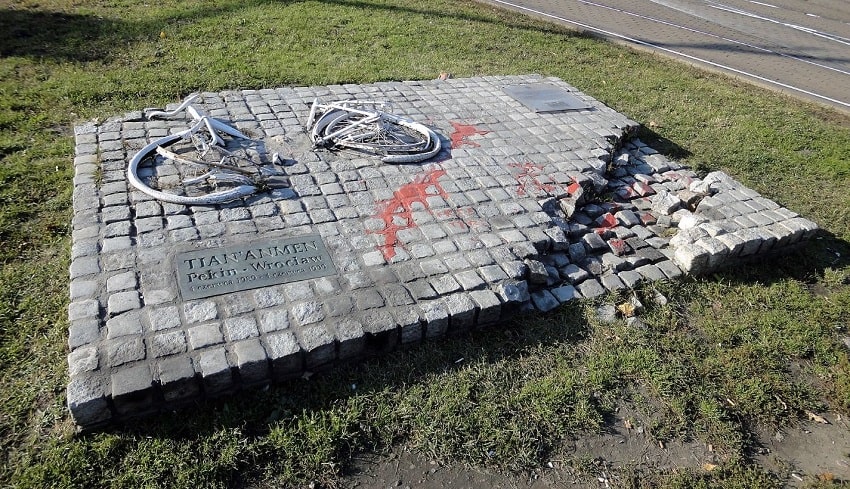
The Importance of Historical Truth
Uncovering the truth about Tiananmen Square is crucial for several reasons. First, it honors the memory of those who participated in the protests and lost their lives. Second, understanding the events provides valuable context for contemporary China and the ongoing struggle for democracy there. Finally, coming to terms with the past is essential for any nation to move forward. The lingering question “Is Tank Man still alive?” serves as a constant reminder of these unresolved issues.
A Fight for Democracy Continues
The Tiananmen Square protests may have been a turning point in Chinese history, but the fight for democracy continues. Activists within China and in the international community work tirelessly to promote human rights and democratic values. The image of Tank Man, and the question “Is Tank Man still alive?”, serves as a powerful symbol of this ongoing struggle.
A Beacon of Hope in the Face of Censorship
The Chinese government’s attempts to silence discussion about Tiananmen Square highlight the importance of free speech and access to information. The image of Tank Man, a lone figure defying a seemingly unstoppable force, continues to inspire people worldwide to fight for these fundamental rights. While the question “Is Tank Man still alive?” may remain unanswered, his act of courage serves as a beacon of hope, reminding us that even in the face of oppression, the human spirit endures.
Frequently Asked Questions (FAQs)
1. Who is Tank Man?
Tank Man is the nickname given to an unidentified man who stood in defiance in front of a column of tanks during the Tiananmen Square protests in 1989. His image became a powerful symbol of the pro-democracy movement and the ongoing struggle for freedom of expression in China.
2. Is Tank Man still alive?
The fate of Tank Man remains unknown. There is no confirmed information about what happened to him after the now-famous photo was taken. Several theories speculate on his possible arrest, detainment, or even execution. However, none of these theories have been definitively proven.
3. What happened during the Tiananmen Square protests?
The Tiananmen Square protests were student-led demonstrations calling for political reform and greater freedoms in China. The protests culminated in a violent crackdown by the Chinese government on June 4th, 1989, resulting in a significant number of casualties.
4. Why is the image of Tank Man so significant?
The image of Tank Man captures a single moment of courage and defiance in the face of overwhelming force. It became a global symbol of the fight for freedom and human rights, resonating with people around the world.
5. Can we learn anything new about Tank Man?
New information about Tank Man’s identity or fate may still emerge. Historians and investigative journalists continue to research the events of Tiananmen Square, and with the passage of time, previously classified information might be revealed.


